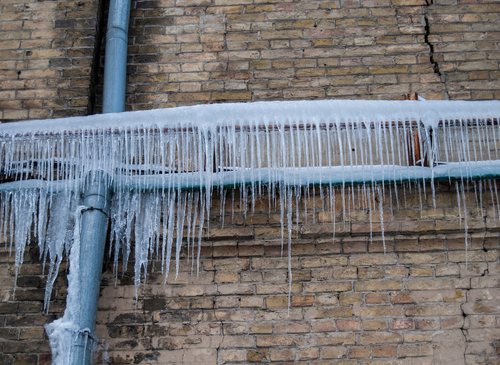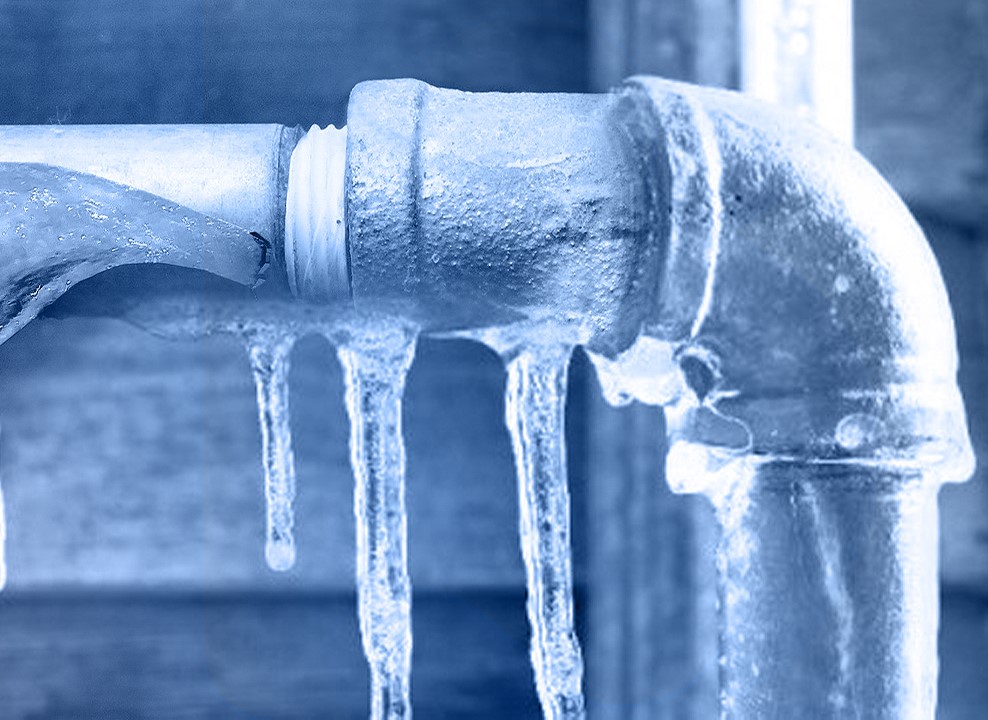Every person has got their unique assumption on the subject of How to Prevent Your Pipes From Freezing.

Cold weather can wreak havoc on your plumbing, particularly by freezing pipes. Below's just how to avoid it from occurring and what to do if it does.
Intro
As temperatures decrease, the risk of icy pipelines boosts, possibly bring about pricey repair work and water damage. Understanding just how to stop icy pipelines is crucial for home owners in cold climates.
Avoidance Tips
Shielding at risk pipes
Cover pipelines in insulation sleeves or make use of warmth tape to shield them from freezing temperatures. Concentrate on pipes in unheated or exterior areas of the home.
Heating methods
Keep interior areas effectively heated, specifically locations with pipes. Open up closet doors to enable cozy air to circulate around pipelines under sinks.
Exactly how to determine icy pipes
Try to find decreased water flow from faucets, unusual odors or noises from pipes, and visible frost on subjected pipes.
Long-Term Solutions
Structural modifications
Take into consideration rerouting pipelines away from outside walls or unheated areas. Add added insulation to attic rooms, cellars, and crawl spaces.
Updating insulation
Purchase top notch insulation for pipelines, attics, and wall surfaces. Correct insulation aids preserve consistent temperature levels and minimizes the risk of icy pipes.
Shielding Outside Plumbing
Garden hose pipes and exterior faucets
Detach and drain pipes yard pipes prior to winter season. Install frost-proof faucets or cover outside taps with protected caps.
Understanding Frozen Pipes
What triggers pipelines to ice up?
Pipes ice up when revealed to temperature levels below 32 ° F (0 ° C) for expanded periods. As water inside the pipelines freezes, it broadens, putting pressure on the pipe walls and potentially triggering them to rupture.
Threats and problems
Icy pipelines can lead to water supply disturbances, building damage, and expensive fixings. Ruptured pipelines can flooding homes and trigger comprehensive structural damages.
Indicators of Frozen Water Lines
Determining frozen pipes early can prevent them from breaking.
What to Do If Your Pipelines Freeze
Immediate actions to take
If you suspect icy pipelines, keep taps available to alleviate stress as the ice thaws. Utilize a hairdryer or towels taken in warm water to thaw pipes gradually.
Conclusion
Protecting against frozen pipelines needs aggressive steps and quick feedbacks. By understanding the reasons, signs, and preventive measures, homeowners can shield their plumbing throughout winter.
5 Ways to Prevent Frozen Pipes
Drain Outdoor Faucets and Disconnect Hoses
First, close the shut-off valve that controls the flow of water in the pipe to your outdoor faucet. Then, head outside to disconnect and drain your hose and open the outdoor faucet to allow the water to completely drain out of the line. Turn off the faucet when done. Finally, head back to the shut-off valve and drain the remaining water inside the pipe into a bucket or container. Additionally, if you have a home irrigation system, you should consider hiring an expert to clear the system of water each year.
Insulate Pipes
One of the best and most cost-effective methods for preventing frozen water pipes is to wrap your pipes with insulation. This is especially important for areas in your home that aren’t exposed to heat, such as an attic. We suggest using foam sleeves, which can typically be found at your local hardware store.
Keep Heat Running at 65
Your pipes are located inside your walls, and the temperature there is much colder than the rest of the house. To prevent your pipes from freezing, The Insurance Information Institute suggests that you keep your home heated to at least 65 degrees, even when traveling. You may want to invest in smart devices that can keep an eye on the temperature in your home while you’re away.
Leave Water Dripping
Moving water — even a small trickle — can prevent ice from forming inside your pipes. When freezing temps are imminent, start a drip of water from all faucets that serve exposed pipes. Leaving a few faucets running will also help relieve pressure inside the pipes and help prevent a rupture if the water inside freezes.
Open Cupboard Doors
Warm your kitchen and bathroom pipes by opening cupboards and vanities. You should also leave your interior doors ajar to help warm air circulate evenly throughout your home.

We had been shown that write-up about Winter Plumbing Precautions: Preventing Frozen Pipes through an acquaintance on a different web page. Are you aware of another individual who is in the market for the topic? Feel free to promote it. Many thanks for being here. Please stop by our website back soon.
Set Up An Appointment